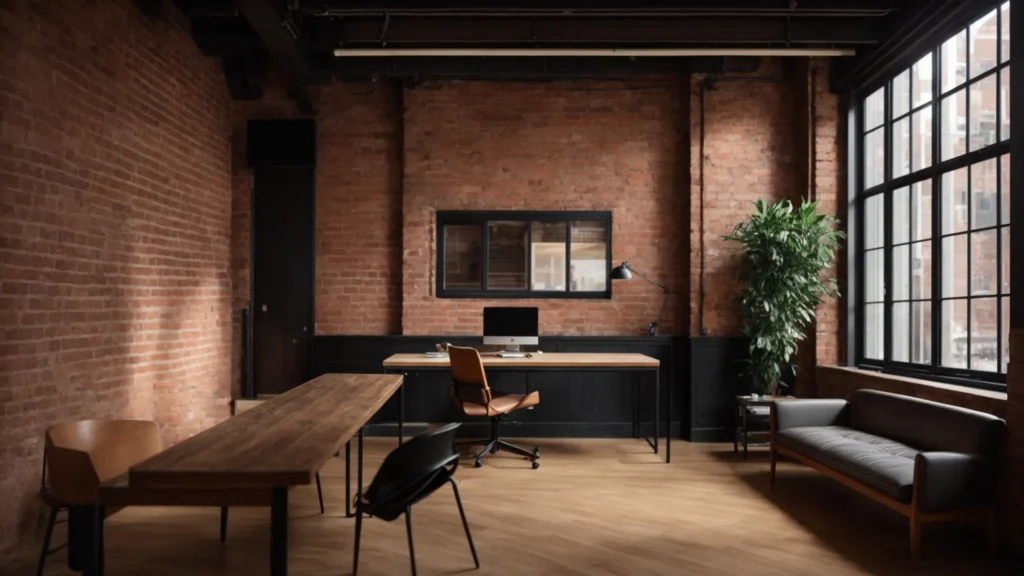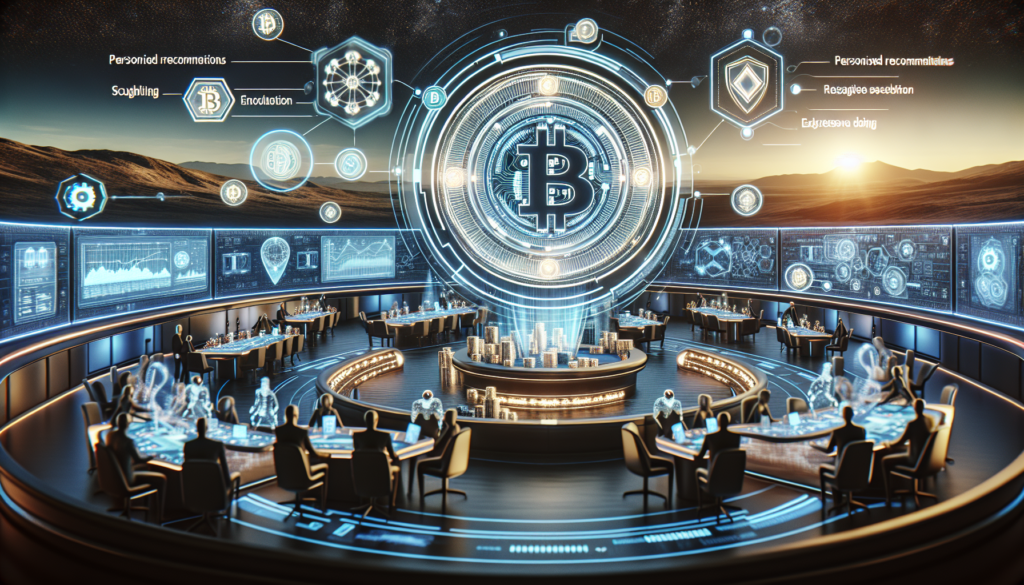Converting a vintage space into a modern office requires a delicate balance between preserving historical character and implementing contemporary features. Reinventing a classic structure as a functional workspace can result in a unique and inspiring environment. But the transformation involves more than aesthetics; it’s about creating an office that meets the needs of today’s businesses while respecting its original architecture. Below, we explore the intricacies of updating vintage buildings for modern office use while maintaining their lasting charm Open-plan offices can be great for collaboration, but they often lack the quiet needed for concentration. Click here to discover how Soundbox’s thoughtfully designed office pods create a calm, enclosed space for focused tasks, private calls, or uninterrupted meetings.
Embracing Technology Integration in Heritage Office Spaces
One of the most significant challenges when renovating a vintage building into an office space is the seamless integration of technology. In today’s digital era, efficient business internet providers are a cornerstone of productivity, requiring sophisticated cabling and connectivity solutions that may not have been contemplated during the building’s original construction.
Wireless technology can be a savior in these scenarios, minimizing the need to alter historic interiors for wiring infrastructure. Strategically placing routers and ensuring strong Wi-Fi connectivity throughout the office ensures that modern business operations can proceed without visual interference from anachronistic tech installations. Cloud services further reduce the necessity for bulky server rooms, which can be out of place in heritage settings.
Strategic Design Elements for a Modern Vintage Office
The strategic selection and placement of design elements are key to harmonizing a vintage aesthetic with modern office necessities. Color palettes should complement the original materials found within the space, while textiles and accents can provide a transitional bridge between eras. Adaptive reuse of vintage elements, like turning an old safe into a unique storage unit, can add a quirky yet functional aspect to the space.
Lighting is another crucial component, combining the elegance of retro fixtures with the efficiency of modern LED lights. Pendant lights and task lighting should be employed to illuminate work areas without detracting from the ambience of the vintage setting. The effective use of natural light can be enhanced with the replacement or restoration of original windows, which also serves to retain the building’s historic feel.
Soundproofing and acoustics often need special attention in older buildings to create a suitable work environment. Modern acoustic solutions, such as panels or carpets, can be subtly introduced to reduce echo and noise in an open-plan office. The key is to select products that blend naturally with the interior decor and maintain the desired vintage impact.
Navigating Zoning and Compliance in Historical Buildings
Navigating the zoning and compliance requirements for historical buildings can be complex. These structures are often protected by regulations that aim to preserve heritage. It’s crucial to understand the limitations and obligations before embarking on a renovation project, which typically involves liaising with local historic preservation offices.
Changes to the exterior of vintage buildings, including window replacements or facade alterations, usually need approval from heritage committees. This process can be lengthy, requiring detailed plans and justifications for each modification. It’s essential to work with architects and planners who specialize in historical renovations to streamline this process and avoid legal complications.
Fire safety and accessibility codes are especially stringent for public offices. Achieving compliance may require innovative solutions that meld these modern safety standards with the building’s historic features. It could entail installing contemporary fire suppression systems discreetly or repurposing existing spaces to create barrier-free access.
Cost-Effective Solutions for Updating Vintage Offices
Updating vintage spaces into modern offices can be a costly undertaking, but there are cost-effective approaches to consider. One such strategy is to focus resources on key areas that will maximize impact, such as lobbies or common areas, while making more conservative changes in less visible parts of the office.
Preserving and restoring original features can often be more economical than replacing them. Refinishing existing hardwood floors or restoring old millwork and trim can save money and have a significant visual impact. When new materials are required, sourcing reclaimed or locally manufactured products can provide both efficiency and an authentic touch aligned with the building’s history.
Furthermore, adapting vintage spaces for modern power needs may involve the services of a commercial electrician in Dillsburg, PA. Their expertise is invaluable for implementing the required electrical upgrades that meet code regulations without compromising the building’s character.
Overall, transforming a vintage building into a modern office is a rewarding endeavor that merges historical significance with current workplace needs. It requires a thorough understanding of preservation standards, a knack for innovative upgrading solutions, and a profound appreciation for the heritage embedded in these storied walls. By considering these key aspects, businesses can create an office space that’s both distinguished and functional, offering an unmatched work environment infused with the spirit of the past.





